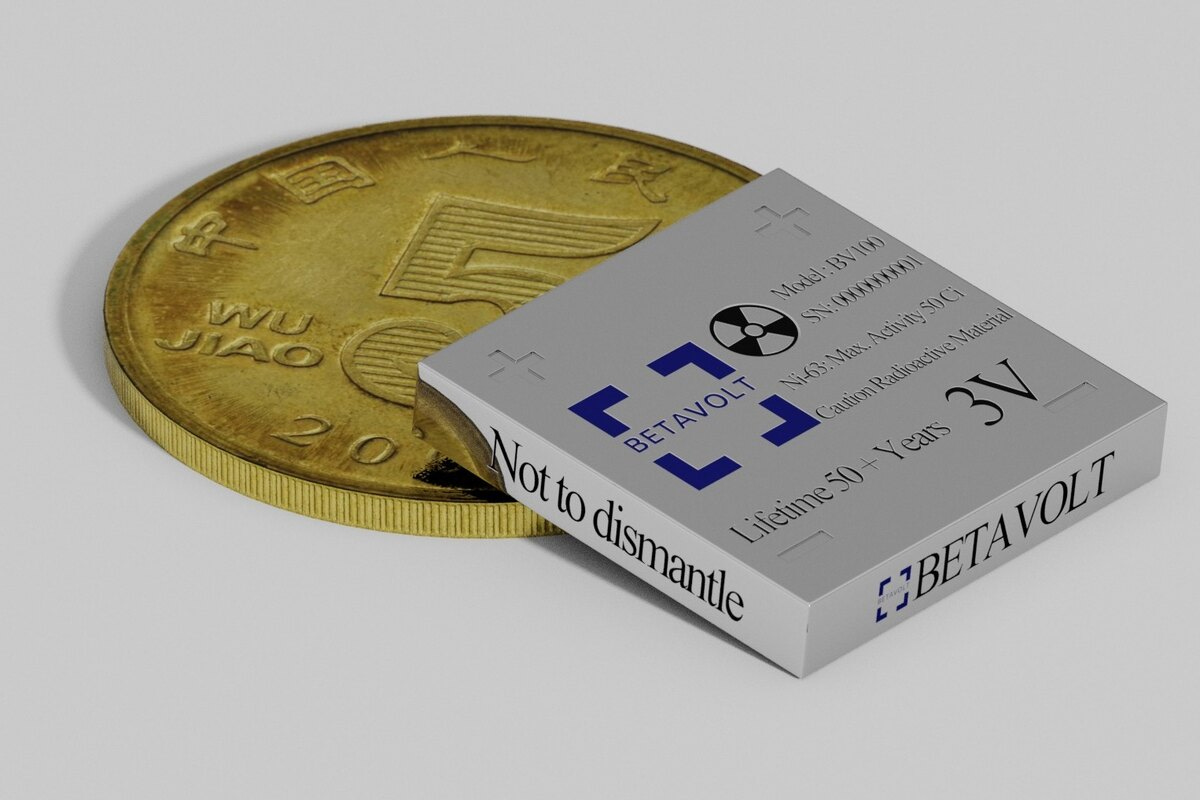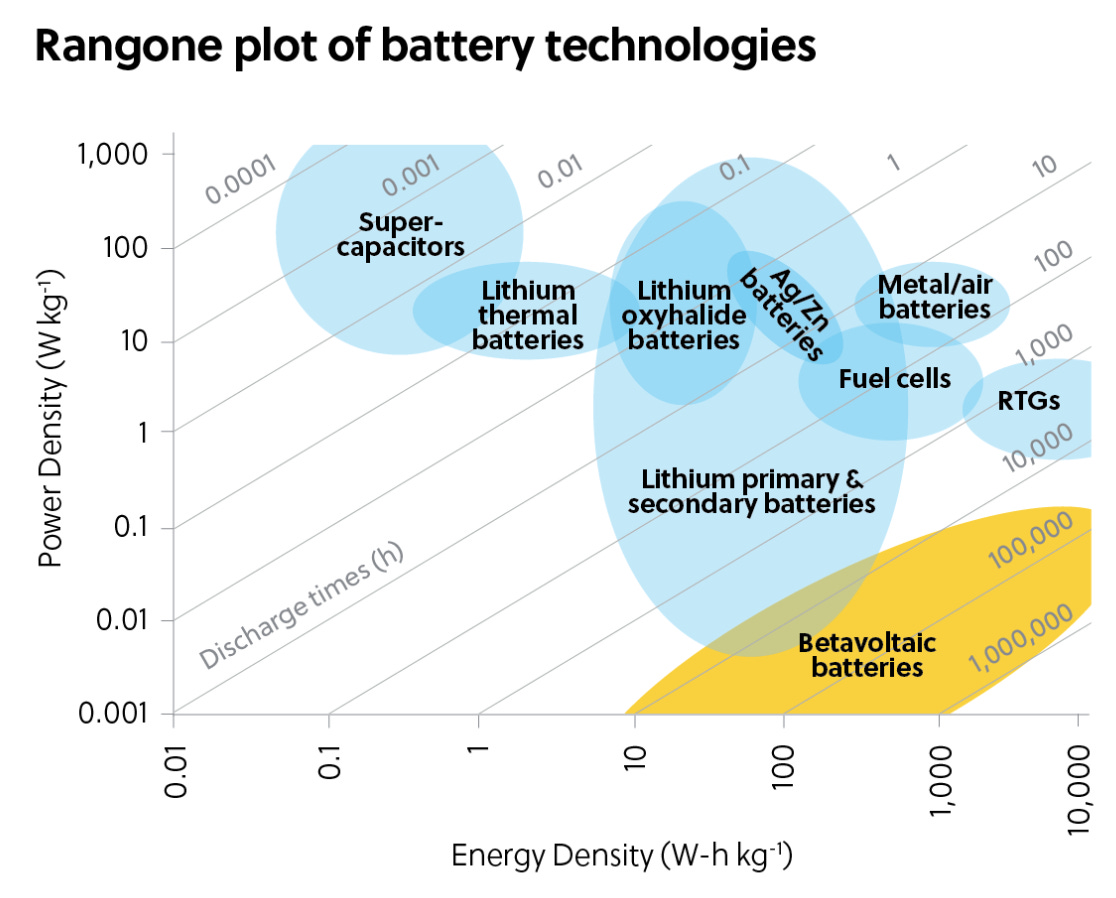Imagine your phone never running out of battery, powered by small nuclear chips. Yes, you heard it right, nuclear chips. Researchers in a startup called Betavolt in China have come up with a coin-sized battery entirely made out of nuclear waste. Made out of a Nickel-63 isotope, this battery would provide electricity to small devices like phones and even drones for up to 50 years. However, like lithium, nickel has to be mined and this isotope doesn’t come naturally. This means it has to undergo extra processing to become Nickel 63.

Now what about the radiation?
The type that the Nickel-63 isotope emits is beta radiation, which is where the dangers come in. Beta radiation has the second strongest ionizing (punching) ability, meaning it can do a lot of damage to a person, especially if ingested or inhaled. But beta also has a weak point. Its penetrating power means that it can’t get far, even a thin layer of aluminium can stop it from reaching the outside world. With the thicker-than-necessary casing that this battery comes in, you shouldn’t worry about radiation emitting from the casing.

But it's these beta particles that make the battery work. You see, beta radiation has a charge and when it hits and gets absorbed by a semiconductor it releases an electron-hole pair. This release of an electron-hole pair is what generates electricity1. With Nickel-63 sandwiched between semiconductors, it can generate power. The only downside to this is the amount of power it releases. Compared to other standard batteries like Lithium Ion and standard batteries, beta-voltaic batteries can release up to 1000 times less power, despite having similar energy densities. With the same energy densities, it allows these batteries to power relatively low energy-consuming devices like phones for long periods. This technology isn’t new, but it’s the fact that for its size it can pack a punch for years on end that makes this advancement so exciting.

One upside is, although the battery is made out of radioactive material, once spent, it isn’t radioactive anymore. The Nickel 63 breaks down and decays into Copper 63, an element that is becoming rarer due to its use in electronics. If we can refine this copper it would become a start to a circular economy process where the copper byproduct is reused.
So would you use a phone powered by a battery like this? Drop in a comment below on what you think.
Betavoltaic Nuclear Battery: A Review of Recent Progress and Challenges as an Alternative Energy Source - ACS Publications
https://pubs.acs.org/doi/10.1021/acs.jpcc.3c00684


With the strong casing that prevents dangerous emissions, I guess I would …